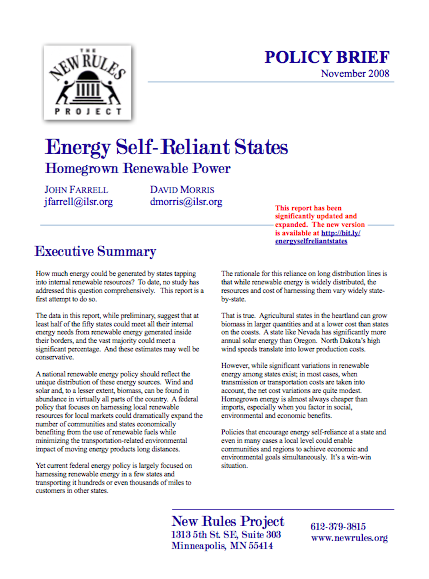Increasingly, a small handful of corporations control inputs, credit, elevators, processing facilities, and markets necessary to grow and distribute agricultural products. Since the last half of the 19th century, farmer owned cooperatives have provided farmers a stronger presence in the marketplace and greater bargaining power to control the costs of inputs and the value of outputs. These new forms of agricultural cooperatives are commonly referred to as “value-added coops” or “new generation coops.” In 1994, 2,200 marketing coops sold 31 percent of all U.S. farm commodities and 29 percent of the nation’s farm supplies. The 240 farm credit cooperative banks made 25 percent of all agricultural loans. But as costs of inputs continue to rise and prices of commodities fall, farmers need ways to add value to the raw materials they produce. Rather than only growing and selling commodities, many value-added agricultural cooperatives have formed to process crops and return added value to producers rather than middlemen. While value added dairy and fruit cooperatives are not a new phenomena, a new generation of diverse cooperatives is on the rise – corn processing coops produce ethanol and fructose, and cooperatives owned by wheat farmers produce pasta.
More Information:
- Center for Cooperatives – at the University of Wisconsin
- Rural Cooperatives Magazine (formerly known as Farmer Cooperatives) – full text of selected articles since 1995.
- USDA Rural Development Program – has an enormous collection of information resources on cooperatives including, Cooperative Information Reports, Cooperative Research Reports, and Cooperative Service Reports.
- Coops 101: An Introduction to Cooperatives – by USDA
- The Impact of New Generation Cooperatives on Their Communities – USDA
- Centre for the Study of Cooperatives
- Illinois Institute for Rural Affairs – has a section called the Illinois Value-Added Rural Development Center
- National Council of Farmer Cooperatives



